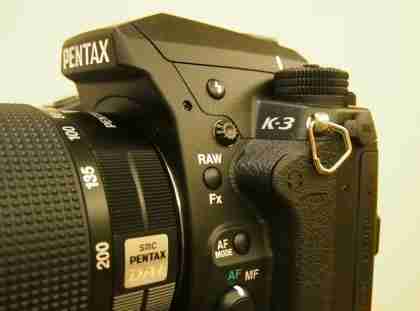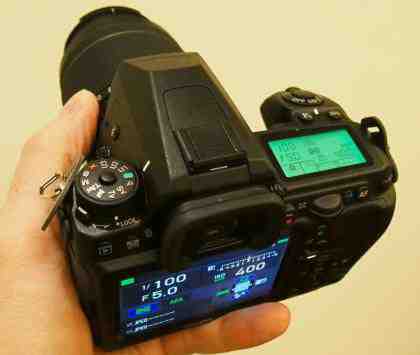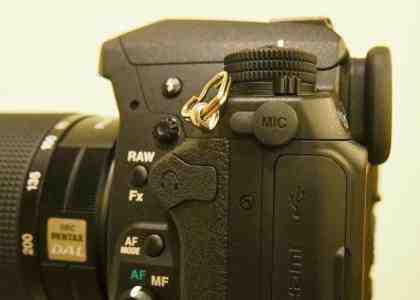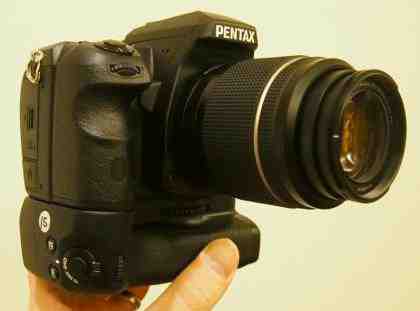Our Pentax K-5 review dates all the way back to early 2011 and though there was then an updated K-5 II and IIs, both using an improved autofocus system, it was otherwise a largely identical camera. That makes the new Pentax K3 rather long-awaited, and though it takes position at the top of the Pentax range, the K-5 II isn't being discontinued quite yet.

The K3 has a number of interesting features that differentiate from its rivals at Nikon and Canon - namely the Canon EOS 70D and the Nikon D7100 . All three cameras come in at around or just over £1,000 so we can compare them head-to-head quite easily.
As with all the Pentax DSLR range, this camera is weather-sealed, so you can shoot in practically any conditions. It also has a sturdy steel frame with a magnesium alloy outer shell, just like the Nikon D7100. As the whole Pentax system is weather-sealed though, there's a great range of lenses, grips and flash guns that are just as tough as the body.
Another classic Pentax plus point, and one we loved on the just launched Pentax K-50 is the huge viewfinder. The differences are less stark in this rarefied competition but the 100% frame coverage and x0.95 magnification makes it narrowly the best of the three. There's a new LCD screen, which is startlingly bright and clear and has fantastic viewing angles too - though it doesn't tilt or flip out.

Shooting speed is an impressive 8.5fps, compared to 7fps from the competition. The sensor has a respectable 27 autofocus points, though 25 of those are the more sensitive cross type. In comparison the Nikon has 51 points (15 of which are cross type) and the Canon has 19 cross type points.
Metering has been hugely updated over the K-5 and is now done by an impressive-sounding 86,000 RGB pixel system (compared to say the 2,106 pixels in the Nikon's system). It's also capable of automatically levelling off kilter shots in the camera.
The sensor has 24 megapixels, the same as the D7100, but Pentax (or strictly-speaking the owner Ricoh) has taken off the anti-aliasing (AA) filter, also known as the optical low pass filter. This should increase the sharpness of images, but the risk is increased moire, which manifests itself as rainbow coloured patterns in dense repeating textures (as often seen on a bad shirt worn by a TV football pundit).
This follows the same move from Nikon on the D7100; and though we didn't find it to be a huge problem there, Pentax has come up with a possible solution on the K-3. The sensor is vibrated by a tiny degree, at a subpixel level, in order to hopefully remove any such issues. This can be turned on or off as required, and there's also the option to deal with moire in the camera in post-processing, so Pentax seem to have every angle covered.

This is the first camera we've seen to support USB3, which is a handy extra if you have lots of RAW files you need to get off in a hurry. Of course, that presumes you have USB3 on your PC and you'll still be limited by the speed of your memory card. You also get two memory card slots, like the Nikon but not the Canon. Videographers will also be pleased to find both microphone and headphone jacks. It will also shoot 1080p video at 60fps and even capture time-lapse sequences and render them to 4K video.

The optional grip takes a sturdy-feeling camera and makes it feel a little bit epic
On the downside you aren't going to get the same level of support from third-party lens manufacturers and there's no fancy extras like built-in Wi-Fi (though you can add the capabilities of the latter using a special 'FLU' memory card).
With the basic kit having an RRP of £1,099 there's a lot to like about the new Pentax K-3. If you're happy to move away from the big two then this provides a very tempting alternative and we can't wait to get it in for a full review.
